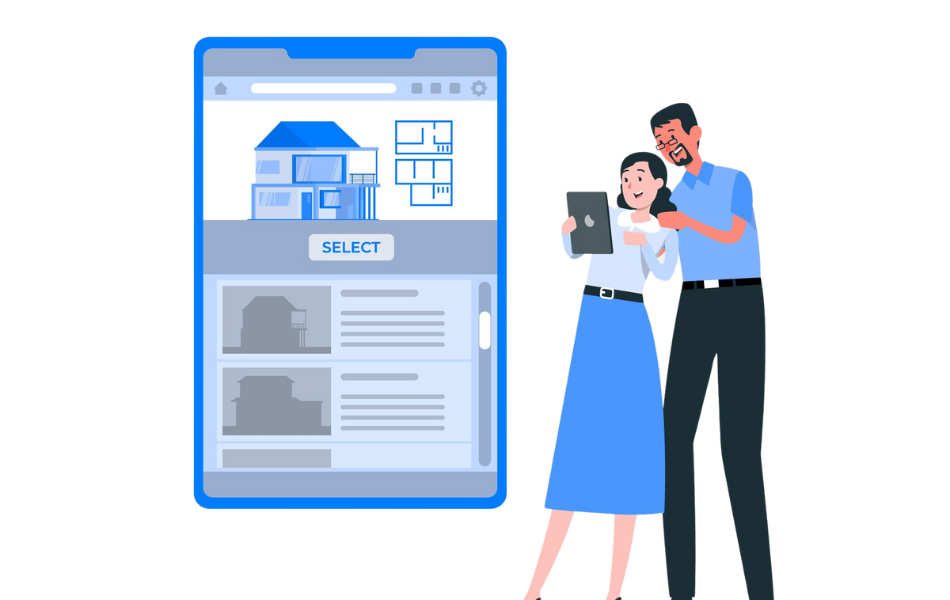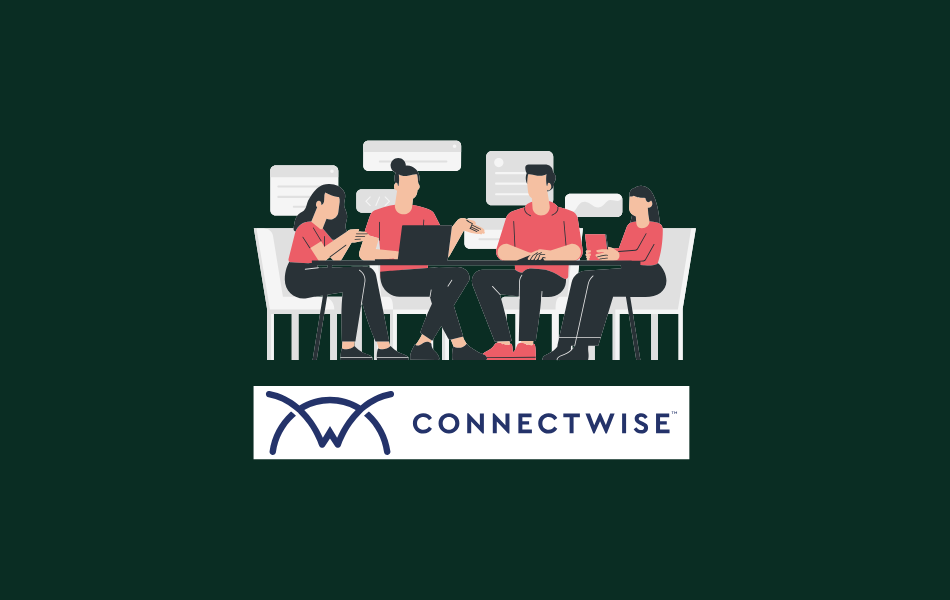
In today’s data-driven world, companies seek to gain insights into their audiences, enhance customer engagement, and make informed decisions. Technographic data has emerged as a powerful resource, offering detailed insights into organizations’ technology landscapes.
This empowers businesses to effectively tailor their services and products to meet the needs of technology users. In this blog post, we will explore technographic data, its acquisition, and effective ways to use it for business success.
What is Technographic Data?
Technographics refers to information about organizations’ technology stack, tools, and software solutions. It goes beyond knowing what technology is being utilized; it includes insights into how and when specific technologies are used, along with key details about companies’ adoption patterns and preferences.
Technographic data provides a snapshot of a business’s technologies, whether applications, hardware, or cloud infrastructure. By gaining insight into the tools and systems a company utilizes, businesses can confidently make informed decisions about where to concentrate their sales and marketing efforts for optimal results.
Why is Technographic Data Important?
Technographic data is valuable for several reasons, particularly in B2B sales and marketing d sales teams to create highly targeted campaigns. Instead of sending a generic message to a broad audience, you can tailor your approach to organizations already using technologies that complement or align with your product.
Lead Scoring and Qualification: Technographic data helps businesses identify high-quality leads who are already using similar or. Here’s why:
Marketing and Sales: Understanding a company’s specific technology stack allows marketers ancomplementary technologies. This information helps in scoring leads based on their likelihood of becoming customers.
Market Research: Technographics can provide insights into market trends, revealing what technologies are gaining traction and which are being phased out. This allows businesses to outpace the competition by using new technologies.
Customer Retention: Understanding the technology landscape of existing customers helps identify opportunities for upselling and cross-selling. Enhance customer satisfaction and retention by suggesting products that integrate smoothly with the existing tech stack.
Competitive Advantage: Tracking your usage can give you a competitive advantage. For example, if a competitor has recently adopted a new CRM system, you can tailor your sales pitch to highlight how your solution integrates with or improves that system.
How to find Technographic Data?
Now that you appreciate the vital role of B2B technographic data, it’s time to focus on how to effectively acquire it. Technographic data can be acquired from various sources, both free and paid. Here are some of the best methods to gather this data:
- Technographic Data Providers
- Web Scraping Tools
- Social Media and Job Listings
- Industry Reports and Research
Technographic Data Providers
Companies excel in the collection and sale of technographic data. These providers have access to large databases of organizations and their technologies, offering comprehensive and up-to-date information. One of the top technographic data providers includes:
- When obtaining accurate and actionable technographic data insights, eSalesClub stands out as a top provider. We specialize in delivering high-quality, up-to-date technographics that help B2B marketers and sales teams precisely target the right businesses.
- Their platform offers detailed insights into companies’ industries, including software tools, cloud services, and hardware solutions. By leveraging eSalesClub’s marketing strategies, improve lead qualification, and identify opportunities for upselling or cross-selling.
- Whether you need data on specific technologies or broader trends, eSalesClub provides the data-driven insights you need to enhance your outreach and accelerate business growth.
Get Technographic Insights Today!
Get it Now!Web Scraping Tools
Web scraping tools allow businesses to gather technographic data from publicly available sources. These tools can crawl websites and extract data about the technologies used, including CMS, e-commerce platforms, analytics, and more. Examples of web scraping tools include:
- Scrapy: Scrapy is an open-source web crawling framework that can be customized to extract technographic data insights from specific websites.
- Octoparse: Octoparse is a tool that allows businesses to extract data from websites easily. It can also gather information on company technologies.
Social Media and Job Listings
Organizations often mention their technology stack on job listings and social media profiles, particularly on platforms like LinkedIn and Twitter. By analyzing these sources, businesses can identify which technologies they use or plan to adopt. For instance, a company hiring for a position requiring expertise in a specific software solution could indicate that it is actively using or transitioning to that technology.
Industry Reports and Research
Industry reports from firms like Gartner, Forrester, or IDC often include data about the technologies businesses adopt in specific sectors. While these reports may not always provide a granular level of detail, they can offer a broader view of tech trends in different industries.
Types of Technographic Data
Technographic data can cover a broad range of technologies. Here are some key categories of technographic data:
- Software Applications: This includes data about an organization’s specific software programs, such as CRM software (Salesforce, HubSpot), marketing automation tools (Mailchimp, Marketo), or project management platforms (Asana, Trello).
- Cloud Infrastructure: Organizations use various cloud services, such as AWS, Google Cloud, Microsoft Azure, and others. Understanding which cloud infrastructure, a company relies on helps determine the compatibility and scalability of potential solutions.
- Web Technologies: This includes the technologies that power a company’s website or online presence, such as CMS platforms (WordPress, Drupal), e-commerce systems (Shopify, Magento), or analytics tools (Google Analytics, Hotjar).
- Hardware and IoT Devices: Technographic data can also include information about the physical devices and hardware organizations use, such as servers, networking equipment, or IoT devices.
- Operating Systems and Devices: Data about the operating systems (Windows, macOS, Linux) and devices (smartphones, tablets, desktops) used by employees within an organization can be crucial for determining compatibility with your product or service.
- Security Solutions: Information on an organization’s security tools, such as firewalls, antivirus software, or encryption technologies, can be important for companies in the cybersecurity space.
Approaches to Segmenting Technographic Data
Segmenting technographic data sources helps businesses target the right audience with tailored strategies. Here are critical approaches:
- By Technology Stack: Group companies based on the tools they use (e.g., CRM, marketing automation). This allows for targeted messaging about complementary solutions.
- By Industry: Segment by sector (e.g., finance, healthcare) to address industry-specific technology needs and challenges, utilizing technographic segmentation to create targeted campaigns.
- By Adoption Stage: Classify companies based on their maturity in adopting new technologies (early adopters vs. conservative adopters), tailoring messaging based on technographic data insights.
- By Technology Category: Group by the type of technology used (e.g., cybersecurity, cloud services) to align solutions with customer needs, leveraging technographics for better segmentation.
- By Technographic Insights: Segment based on data like usage frequency, vendor choice, or tech overlap to spot trends and predict needs. This b2b technographic data intelligence helps identify the most promising leads.
- By Data Providers: Analyze data quality and relevance based on the source (job postings, web scraping, third-party vendors). Understanding different technographic data providers helps assess the reliability of your segmentation.
- By Data Sources: Segment where the technographic data sources originate, helping assess the data’s reliability for more accurate segmentation.
- By Geographical Location: Tailor offerings by region, as local trends and regulations influence tech adoption, enhancing your b2b technographic data sources segmentation efforts.
- By Company Size: Larger companies may need enterprise-level solutions, while smaller businesses focus on affordability and simplicity. This technographic data segmentation allows for more precise targeting.
How to Utilize Technographic Data?
Once you have obtained technographic data, knowing how to use it effectively is essential. Here are several ways businesses can leverage technographic data:
Improve Lead Scoring
With b2b technographic data, you can score leads based on their current technologies. For example, if a company uses a competing product or a platform that integrates well with your solution, they are more likely to be a qualified lead. By filtering leads based on their technology stack, sales teams can prioritize outreach efforts to focus on the most promising opportunities.
Personalize Marketing Campaigns
Technographic data allows businesses to create highly personalized marketing campaigns. For instance, if you know a company uses a specific CRM, you can craft messaging highlighting how your product integrates with or enhances that particular system.
Tailor Product Development
By analyzing technographic data, companies can identify gaps in the market or areas where existing technologies are lacking. Use this insight to develop products that directly meet your audience’s needs.
Build Stronger Partnerships
Understanding potential partners’ technology landscapes can help you form more strategic and valuable partnerships. By identifying complementary technologies, businesses can propose partnerships that offer mutual benefits, such as integrations, joint marketing efforts, or co-selling opportunities.
Track Industry Trends
Technographic data can also be used to track technology adoption trends. By monitoring which technologies businesses are adopting, you can predict future shifts in the industry and position your products or services to meet these emerging needs.
Data fields for technographic profiles
- Full Name
- Job Title
- Company Name
- Email Address
- Phone Number
- Company Industry
- Company Size (e.g., number of employees)
- Company Location
- Technology Used (specific software/tools)
- Role/Department (e.g., IT, Marketing)
Boost Sales with Tech Data !
Get a free sample!Top Technographic Data Providers: eSalesClub
In today’s fast-paced business environment, knowing your target audience involves more than just basic demographics or firmographics. Companies increasingly leverage technographic data to gain deeper insights into the technology stack of their prospective clients, driving more personalized and targeted marketing campaigns. eSalesClub stands out as a leading provider in this domain.
Why eSalesClub?
It is a reputable provider of high-quality technographic data that empowers businesses to target technology users effectively. Here’s why eSalesClub is considered one of the top technographic data providers:
- Comprehensive and Accurate Data: We offer an extensive database covering numerous companies, providing detailed information on the technologies and software they utilize. Their data is frequently updated to ensure accuracy and relevancy.
- Global Coverage: Whether you are targeting companies in the USA, Europe, or Asia, eSalesClub provides data on organizations worldwide. This global reach makes it a valuable resource for businesses aiming to expand internationally.
- Industry-Specific Segmentation: eSalesClub segments technographic data based on industries, allowing you to focus on the most relevant sectors to your offerings. This Segmentation ensures that your outreach is efficient and yields higher conversion rates.
- Tailored Data Solutions: eSalesClub understands that each business has unique needs. We offer customized data solutions aligning with your marketing and sales objectives.
- Data Fields Available: Our technographic data includes critical fields such as company name, website, industry, revenue, employee count, and details about the technology and software the company uses, such as CRM systems and cloud providers.
Final thoughts
Segmenting technographic data is an essential part of utilizing this valuable resource effectively. Understanding how you can group organizations based on technology usage can create more personalized, targeted strategies that increase engagement and conversions. Whether segmenting by technology stack, industry, or adoption stage, leveraging technographic segmentation helps businesses unlock new opportunities for growth and success.
FAQ's
Technographic data delivers powerful insights into the technology stack that businesses leverage.
Technographic data helps businesses target the right audience and tailor marketing efforts to tech-specific needs.
By analyzing which technologies a prospect uses, you can assess their likelihood of converting into a customer using technographic data insights.
Technographic data sources allow you to monitor competitors’ choices and strategies using their intelligence.
Software applications, cloud infrastructure, web technologies, hardware, and security tools are the key types of technographic data.
You can gather it through third-party technographic data providers, web scraping, job listings, or social media insights.
Technographic data focuses on the company’s characteristics, while a firm’s data includes demographics like size, industry, and revenue.
Accuracy depends on the data provider and the sources used to gather it.
Tools like 6sense, BuiltWith, and Datanyze specialize in technographic data analysis, helping you understand your target audiences.
Technographic data reveals gaps in the market and helps develop products that align with current tech trends.
No. Behavioral data tracks users’ actions, while technographic users’ focus is on the technologies they use.

Peter Frost is specialized in creating compelling content focused on targeted B2B databases and email lists. With a background in sales and data analytics, Peter has a unique ability to translate complex data-driven concepts into practical strategies that help businesses boost their marketing and sales efforts. His passion for delivering value through insightful articles has made him a trusted voice in the B2B marketing space. When not writing, Peter enjoys exploring the latest trends in data-driven marketing and refining his approach to audience engagement.
Recent Blogs

Real Estate Agents Email List by Location: How to Target Agents in USA Table of Contents In the dynamic landscape




